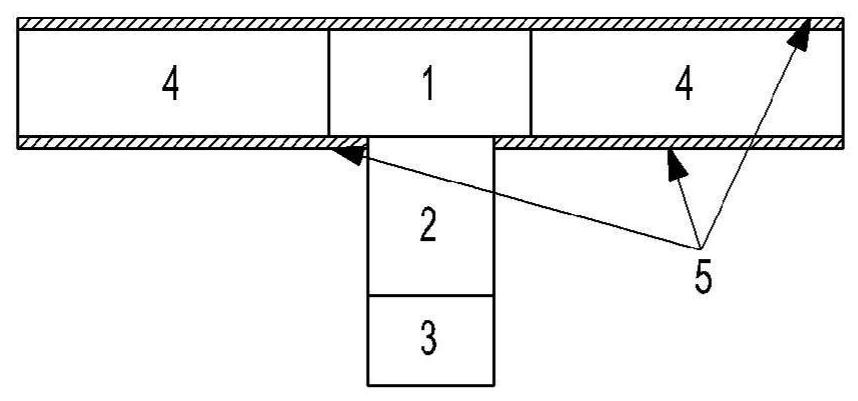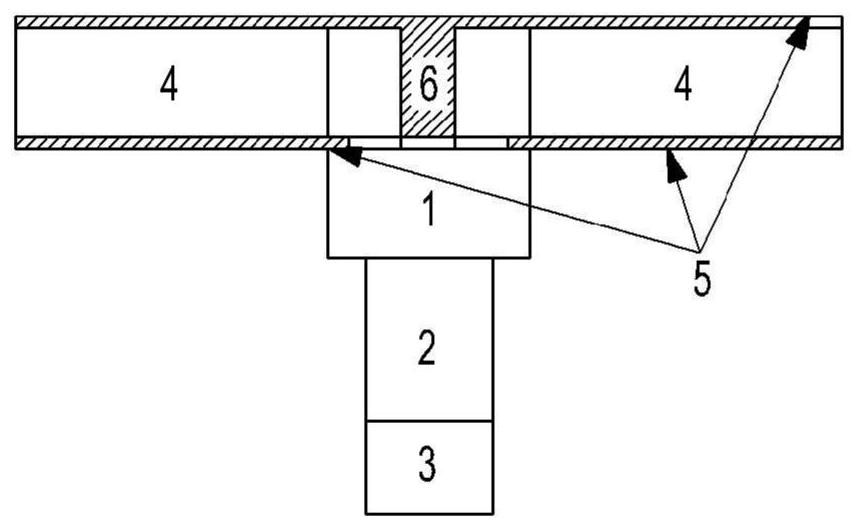High frequency signal transmitting/receiving equipment
A technology for receiving equipment and high-frequency signals, applied in electromagnetic transceivers, optical radiation measurement, parallel plate/lens feeding arrays, etc. , the effect of low control power
- Summary
- Abstract
- Description
- Claims
- Application Information
AI Technical Summary
Problems solved by technology
Method used
Image
Examples
Embodiment Construction
[0058] discussed below Figure 1 to Figure 18 The various embodiments used to describe the principles of the disclosure in this patent document are by way of illustration only and should not be construed in any way to limit the scope of the disclosure. Those skilled in the art will understand that the principles of the present disclosure may be implemented in any suitably arranged system or device.
[0059] figure 1 a and 1b show the working principle of the light guiding element. As mentioned above, the present disclosure is based on switching between two states of a photoconductive element: a dielectric state with low intrinsic conductivity (off state) and a conductive state with relatively high conductivity under the action of light (connected state). status). Such as figure 1 As shown in a, in the off state, the structure of the photoconductive element is stable and non-conductive; the photoconductive element (PE) usually has capacitive properties and is transparent to...
PUM
| Property | Measurement | Unit |
|---|---|---|
| size | aaaaa | aaaaa |
| height | aaaaa | aaaaa |
Abstract
Description
Claims
Application Information
 Login to View More
Login to View More - R&D
- Intellectual Property
- Life Sciences
- Materials
- Tech Scout
- Unparalleled Data Quality
- Higher Quality Content
- 60% Fewer Hallucinations
Browse by: Latest US Patents, China's latest patents, Technical Efficacy Thesaurus, Application Domain, Technology Topic, Popular Technical Reports.
© 2025 PatSnap. All rights reserved.Legal|Privacy policy|Modern Slavery Act Transparency Statement|Sitemap|About US| Contact US: help@patsnap.com



